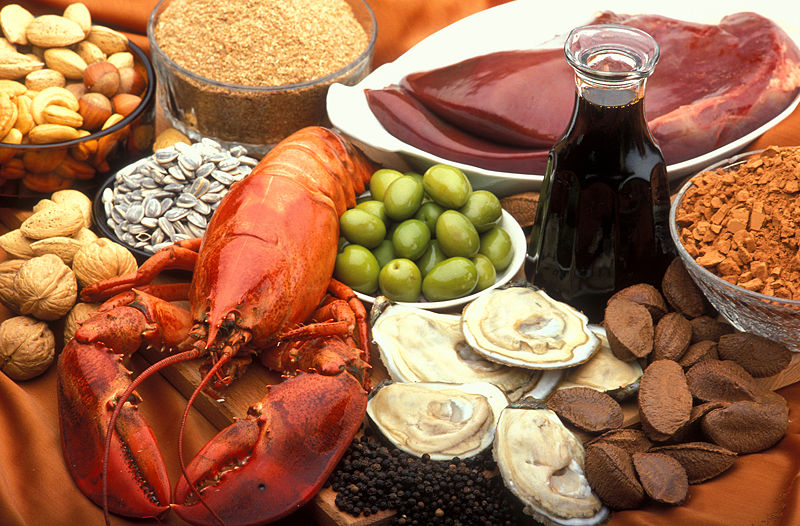
(Cartoon selected from the National Geographic website)
I figured since earlier this week we took an assessment based on the ecological footprint we are leaving I thought it would be neat to see what kind of a 'water footprint' we are leaving.
Surprisingly the average U.S. citizen consumes about 1,981 gallons of water per day! The quiz asks you questions regarding water used in your home, in your diet, for transportation and energy, and also water used by your stuff and once you have finished it shows how much water you consume in each category. I took the quiz - which took me no longer than 5 minutes - and I was informed I use approximately 1,315 gallons per day. Compared to the average American my score is considerably low, however, I still feel that the number is large and I will be looking into how to reduce the number even more.
I really encourage you to take the Water Footprint Calculator quiz as well to discover what your average water consumption is! The quiz is actually kind of fun to take because the duck does different things depending on what you check!
Just a side note, the National Geographic website also has a specific tab regarding the environment, which includes a broad range of topics from energy to natural disasters.




